The winding streets of Galata embraced me like a labyrinthine embrace, as I found myself immersed in the heart of Istanbul’s vibrant soul. It was an adventure that I had not planned, but one that would etch itself into the fabric of my memories forever.
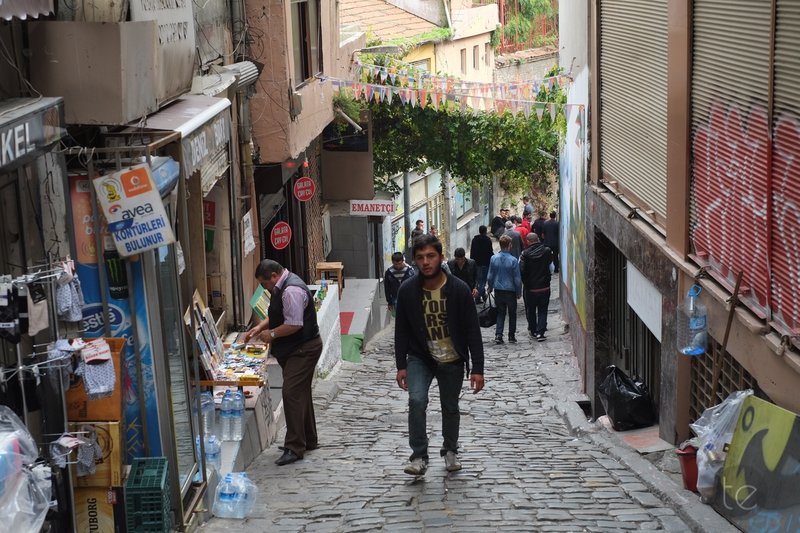
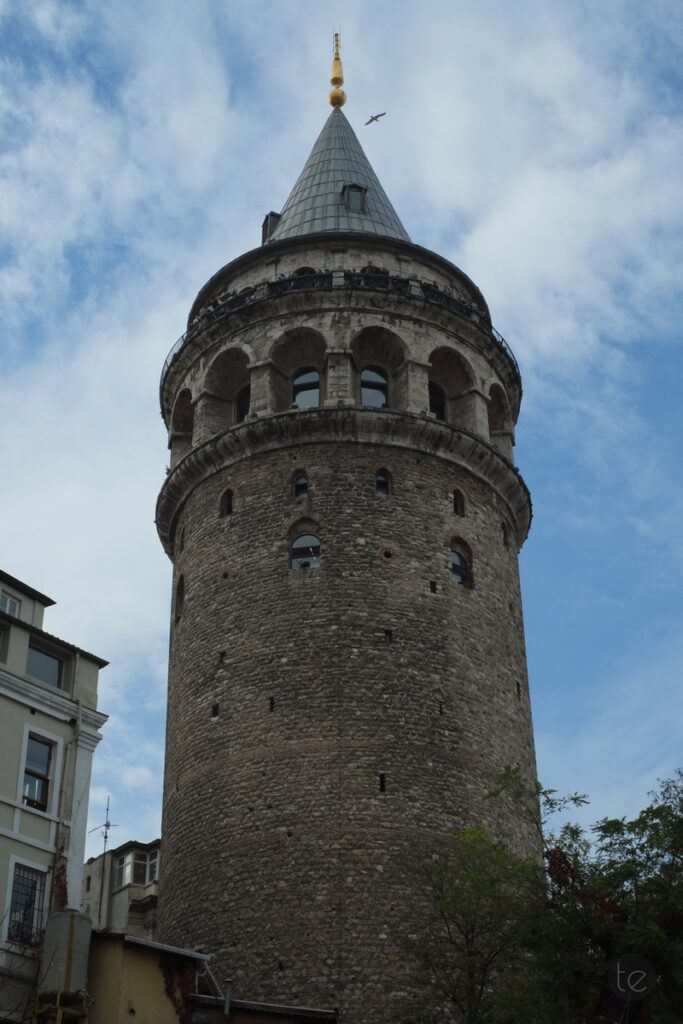
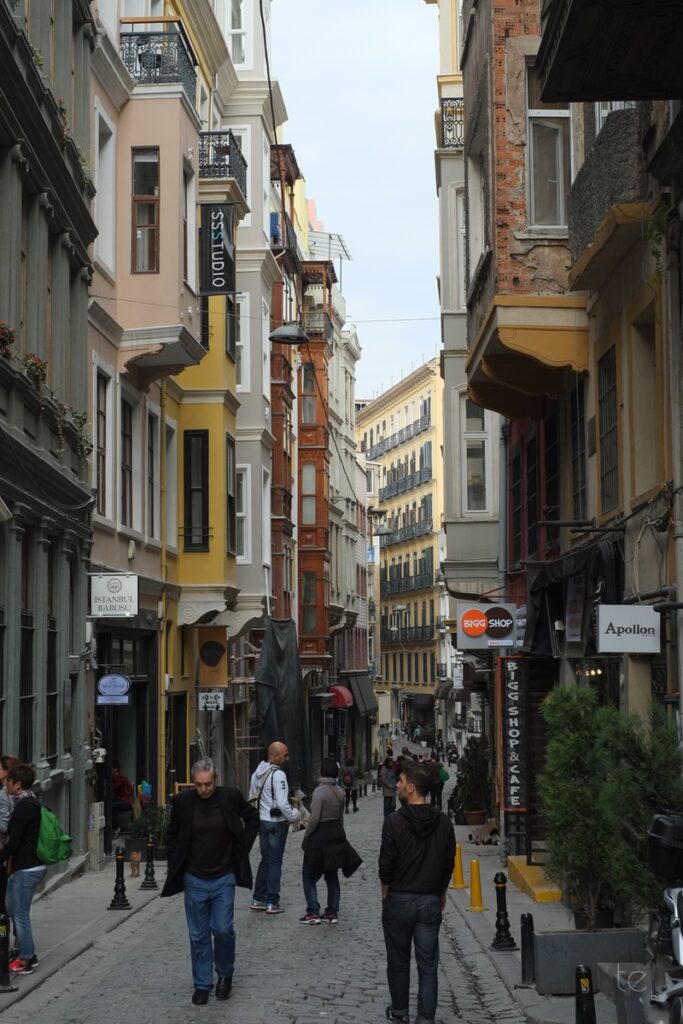
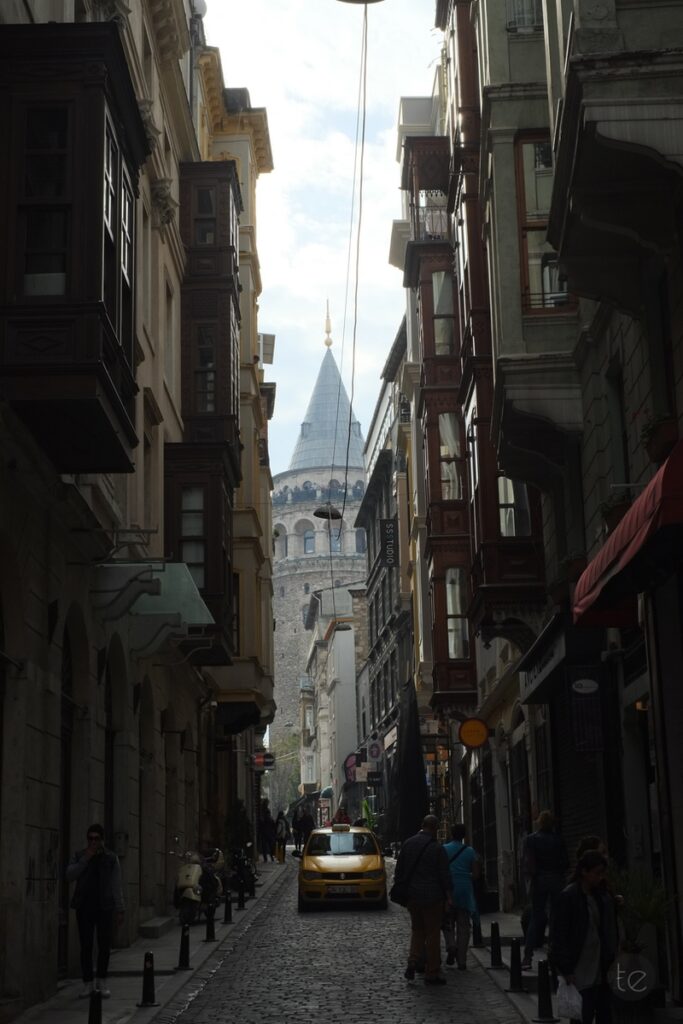
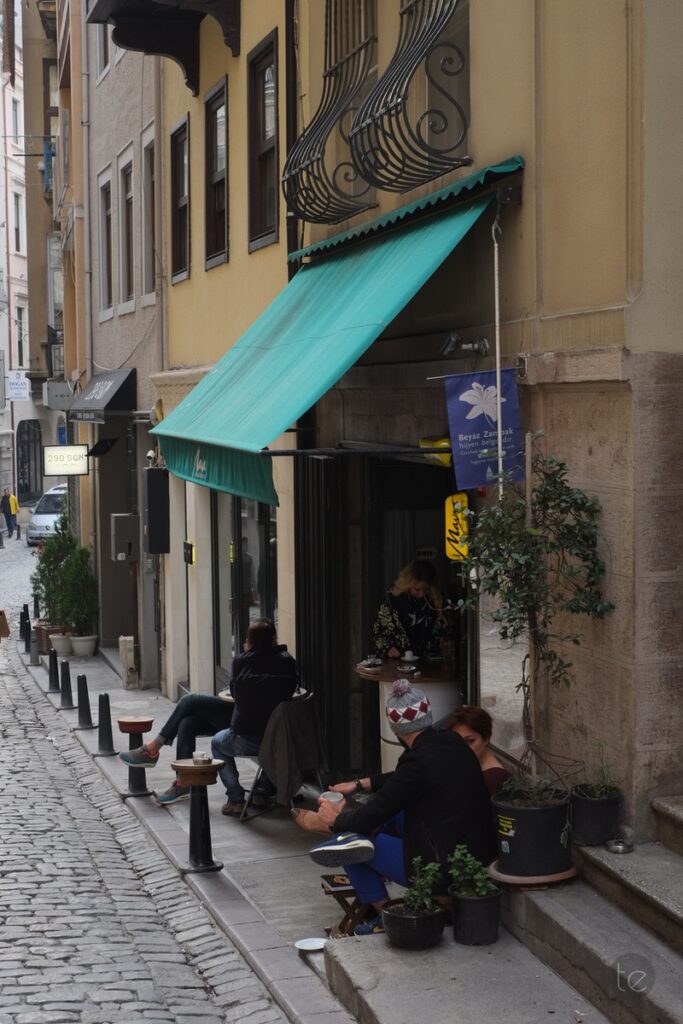
Galata, with its historical significance and bustling energy, is a microcosm of Istanbul’s rich tapestry of cultures and traditions. At its epicentre stands the magnificent Galata Tower, a towering sentinel from the 14th century that watches over the city like a silent guardian. Its balcony offers panoramic views of the Bosphorus, a sight that beckons travellers from across the globe.
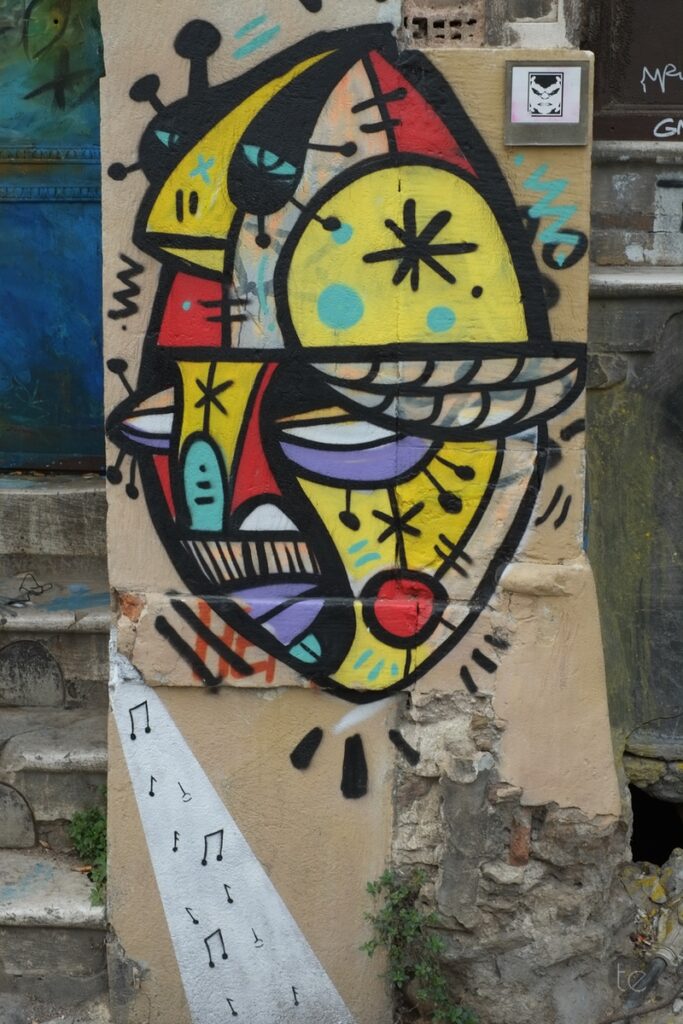
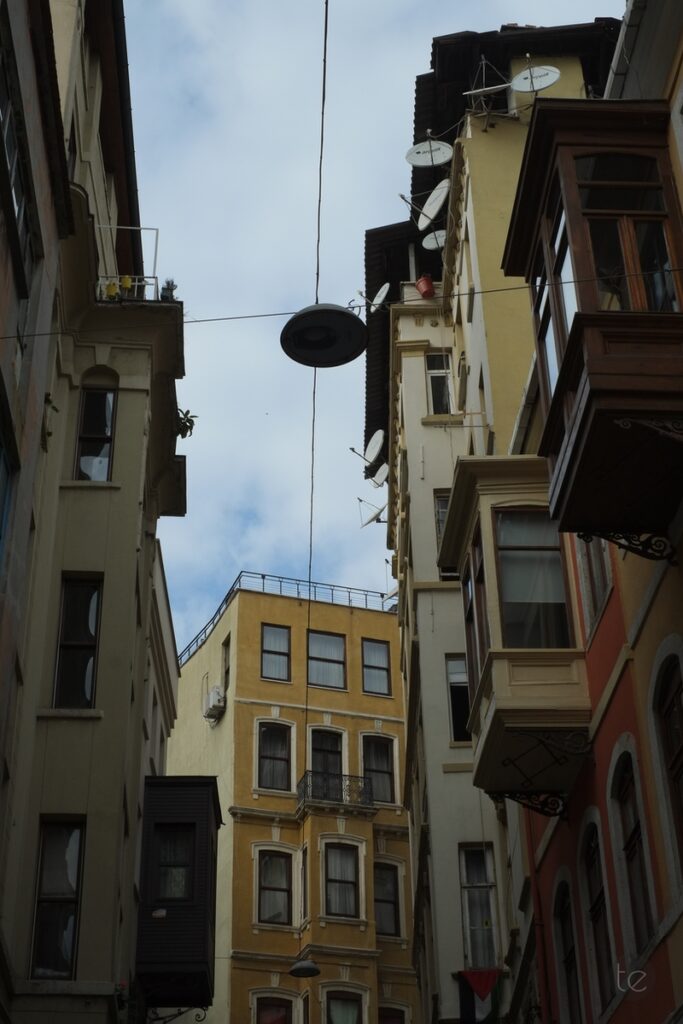
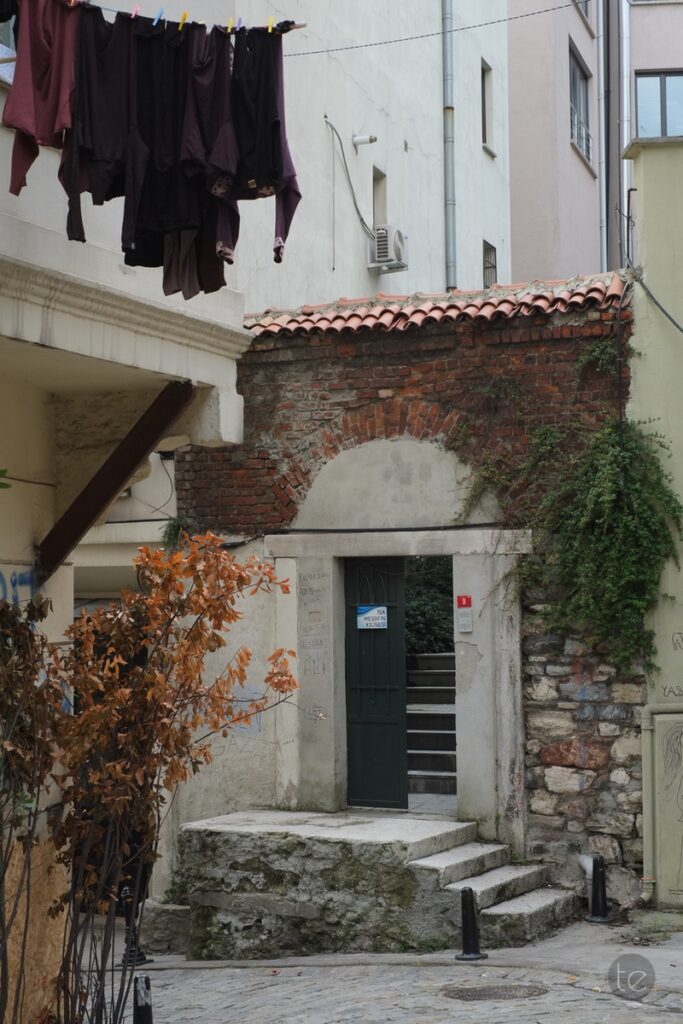
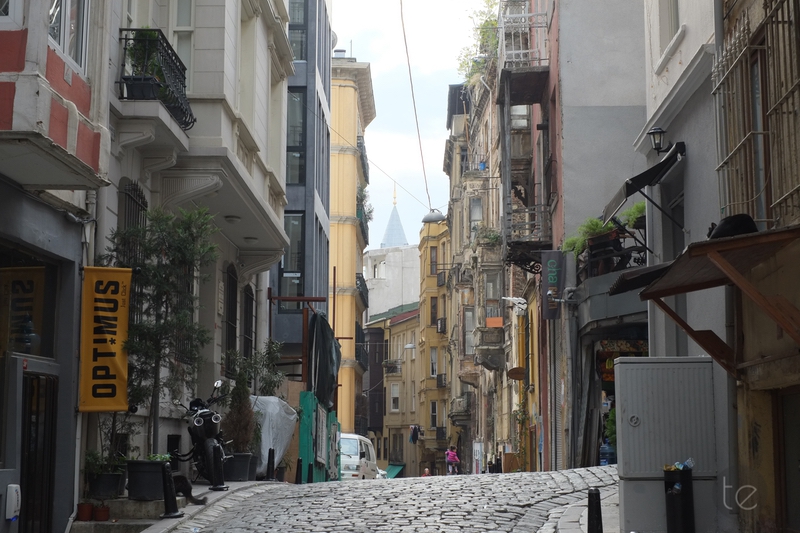
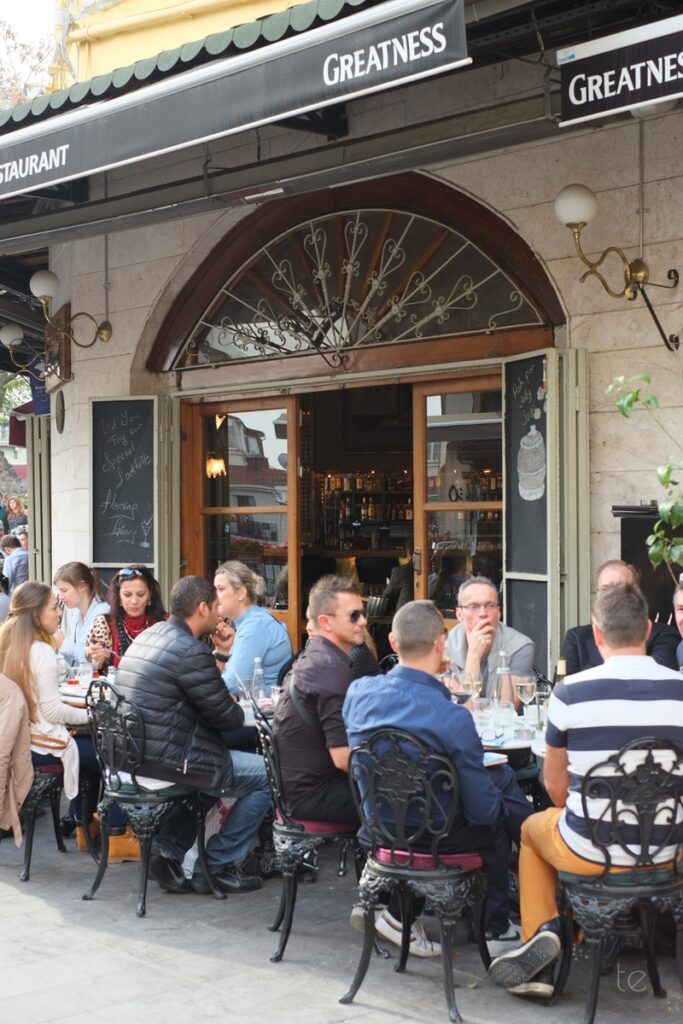
As I wandered through the narrow alleys, the air was filled with the tantalizing aroma of spices mingling with the sounds of laughter and chatter. Galata is a place where time seems to stand still, where ancient cobblestones whisper tales of the past, and where every corner holds a secret waiting to be discovered.
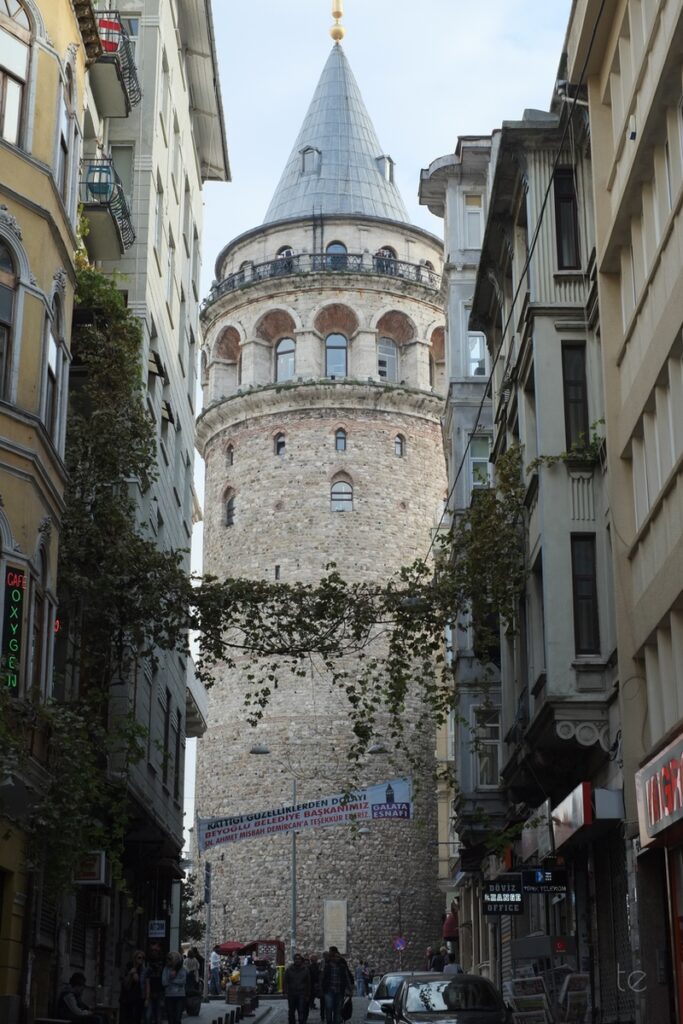
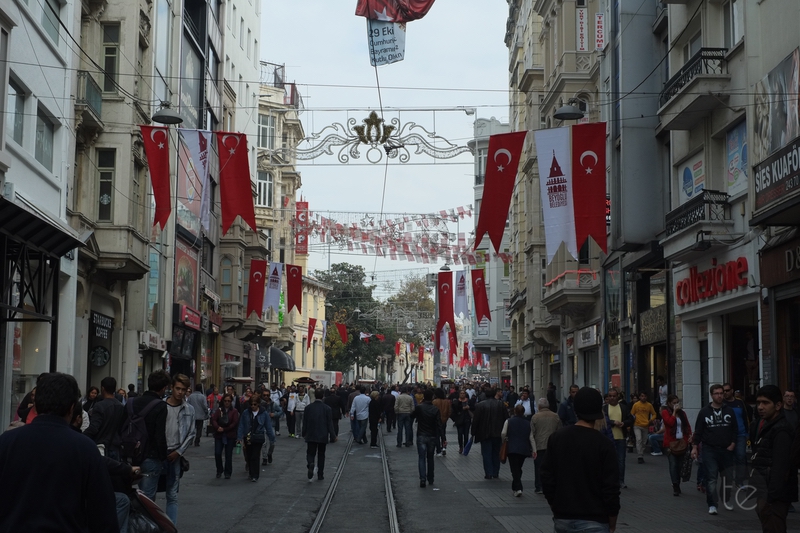
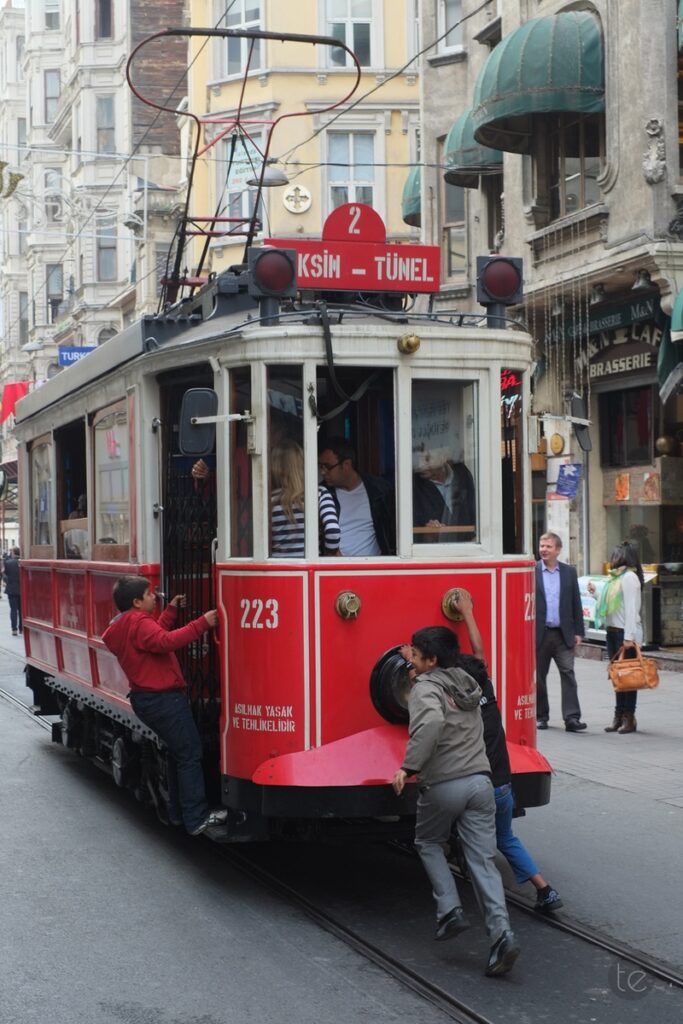
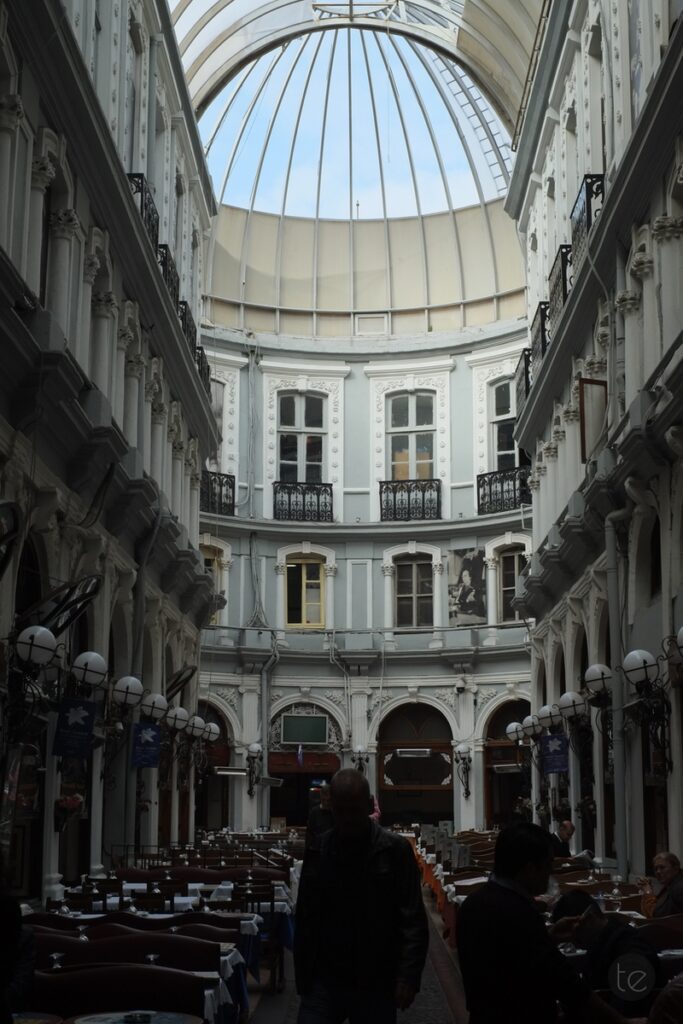
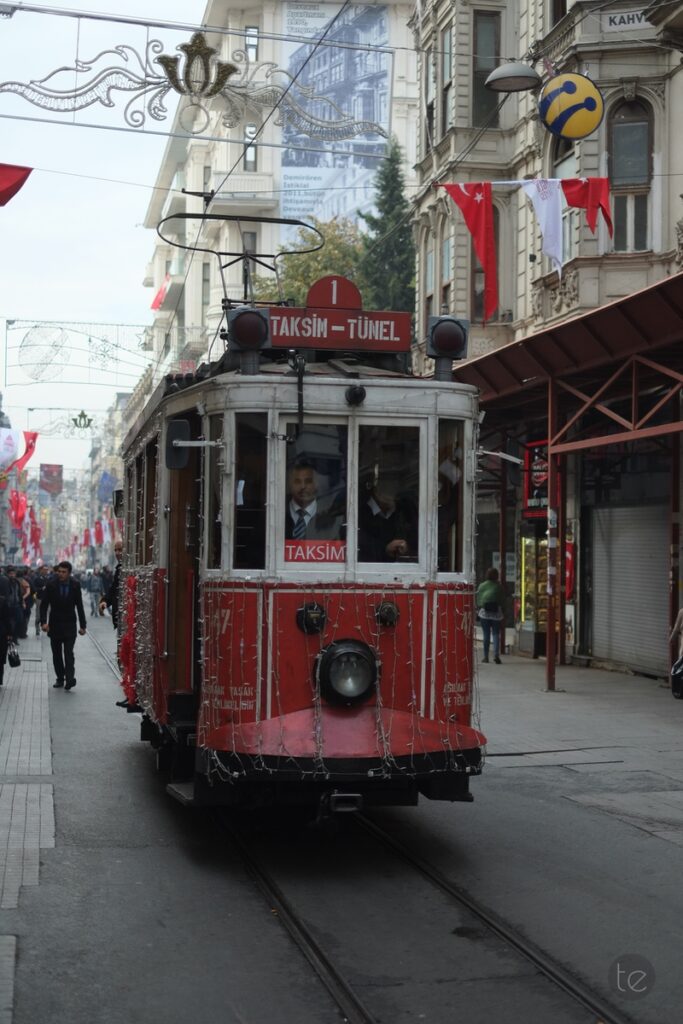
The streets of Galata are a mosaic of old and new, where chic bars coexist with old-school restaurants, and small shops offer treasures both mundane and extraordinary. It is a place where tradition meets modernity, where the past intersects with the present in a dance of colours and contrasts.
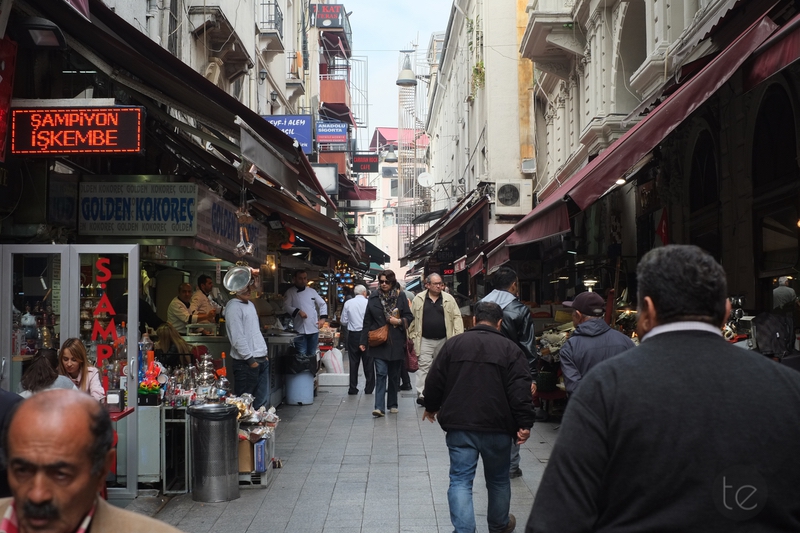
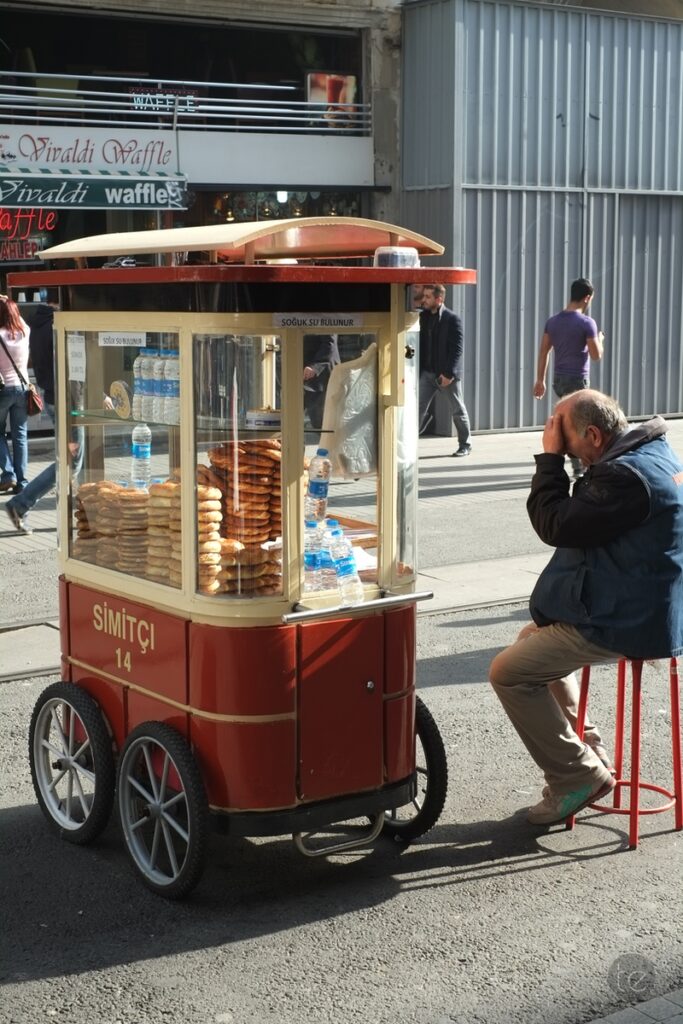
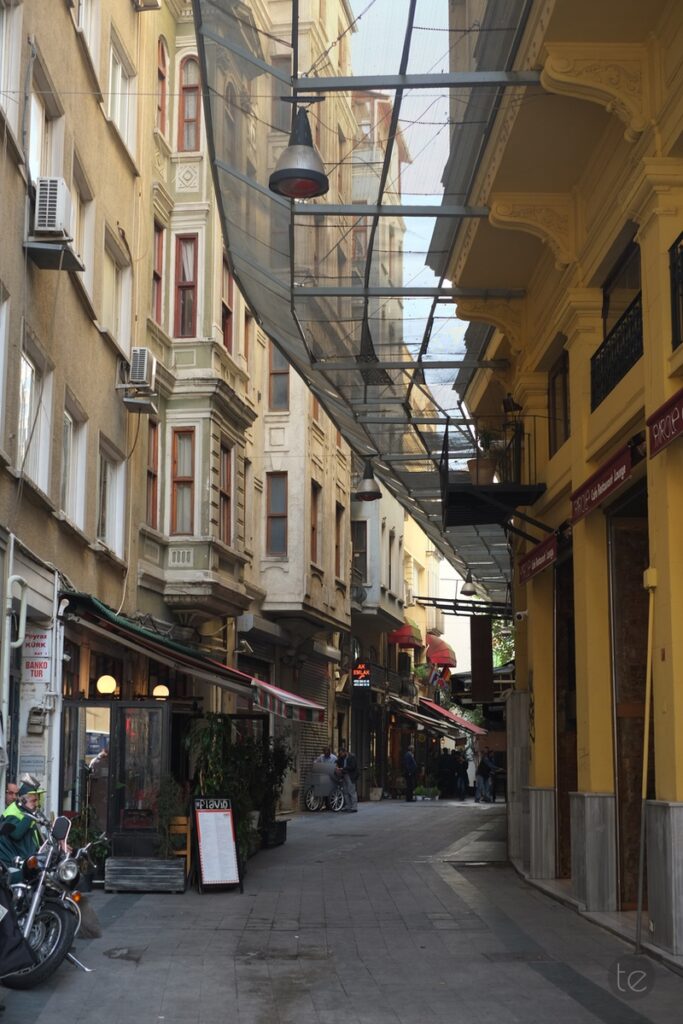
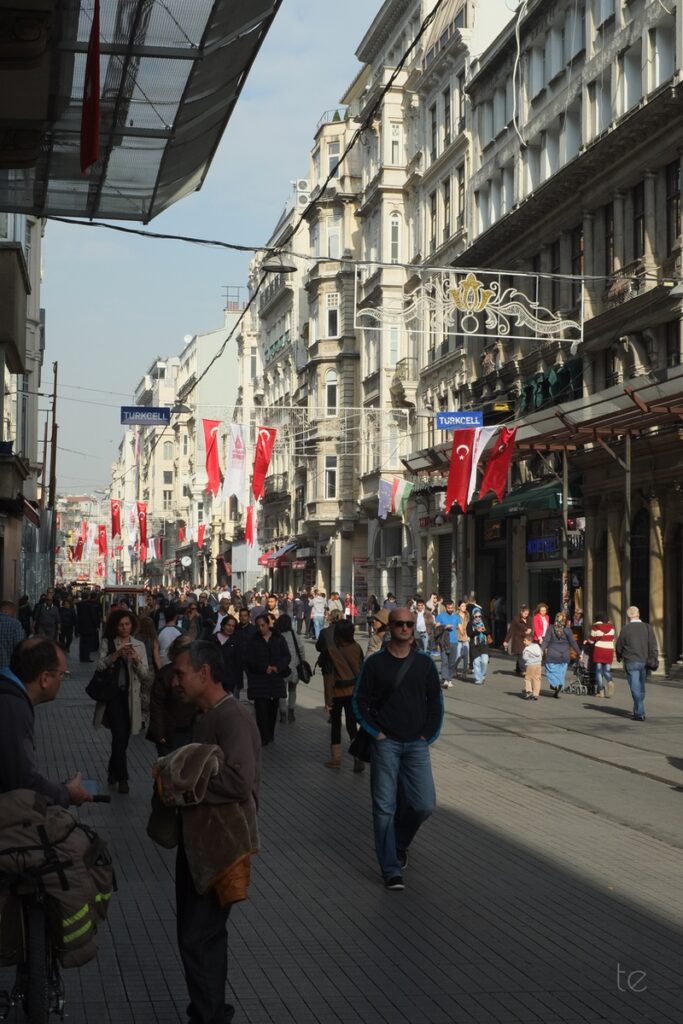
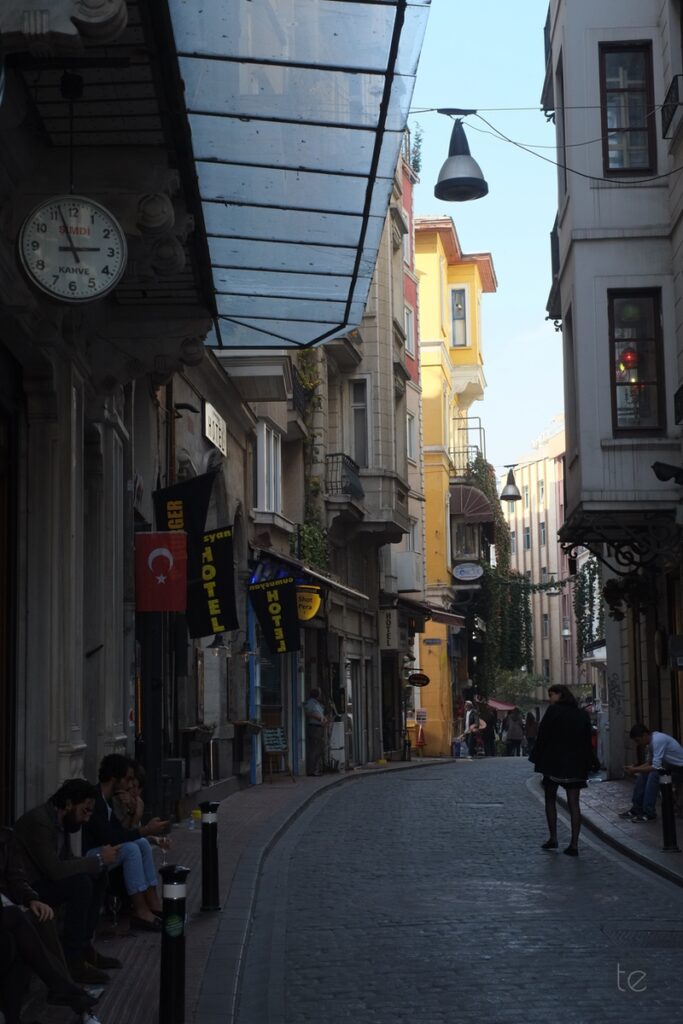
Amidst the hustle and bustle, centuries-old synagogues, churches, and mosques stand as a testament to the neighbourhood’s diverse heritage. Each edifice tells a story of faith and resilience, of a community bound together by history and tradition.
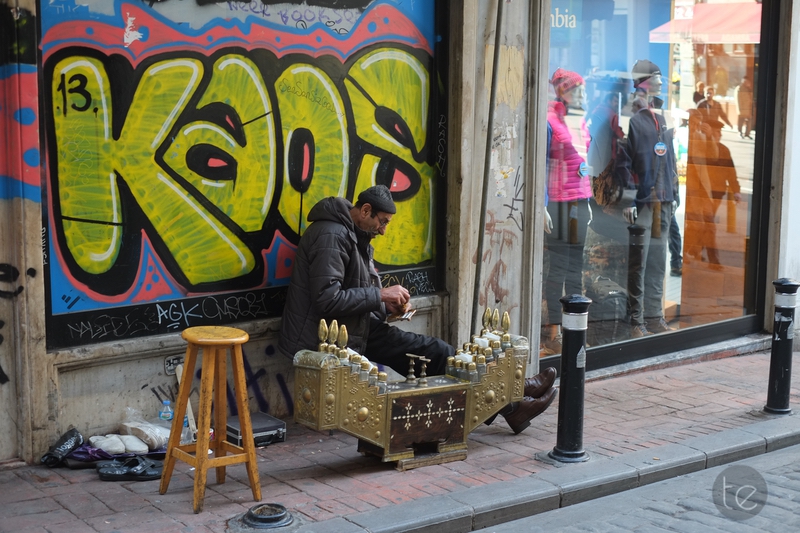
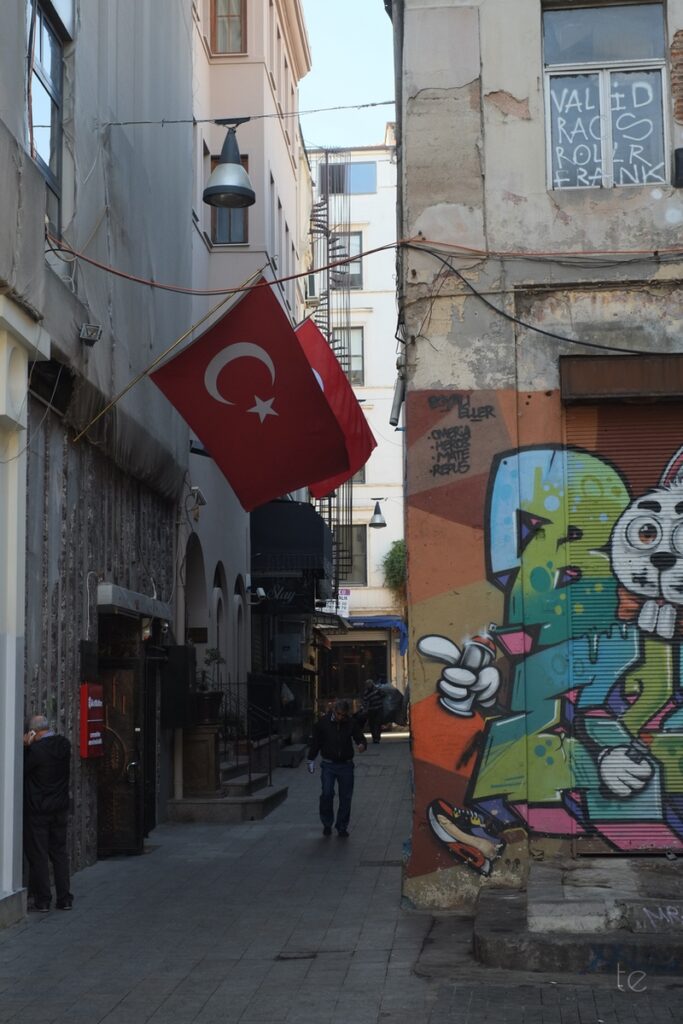
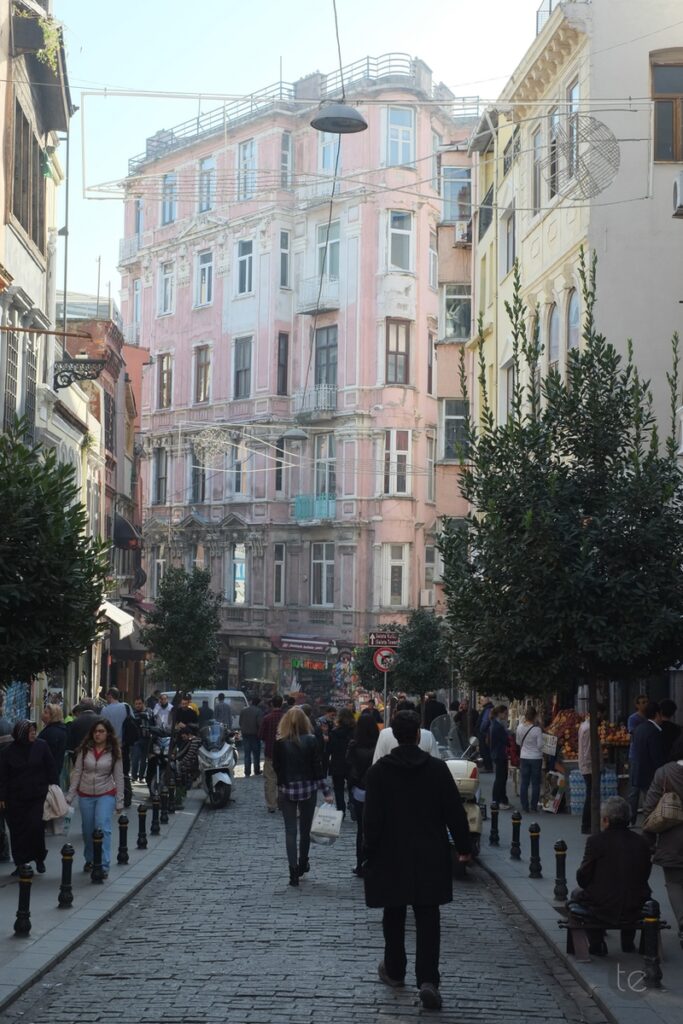
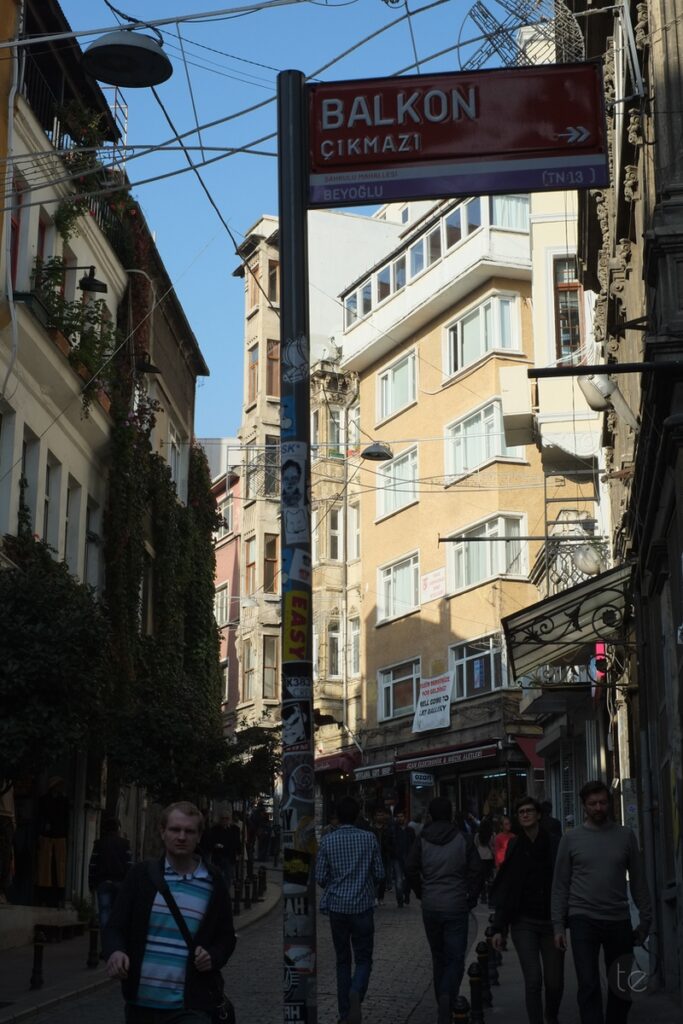
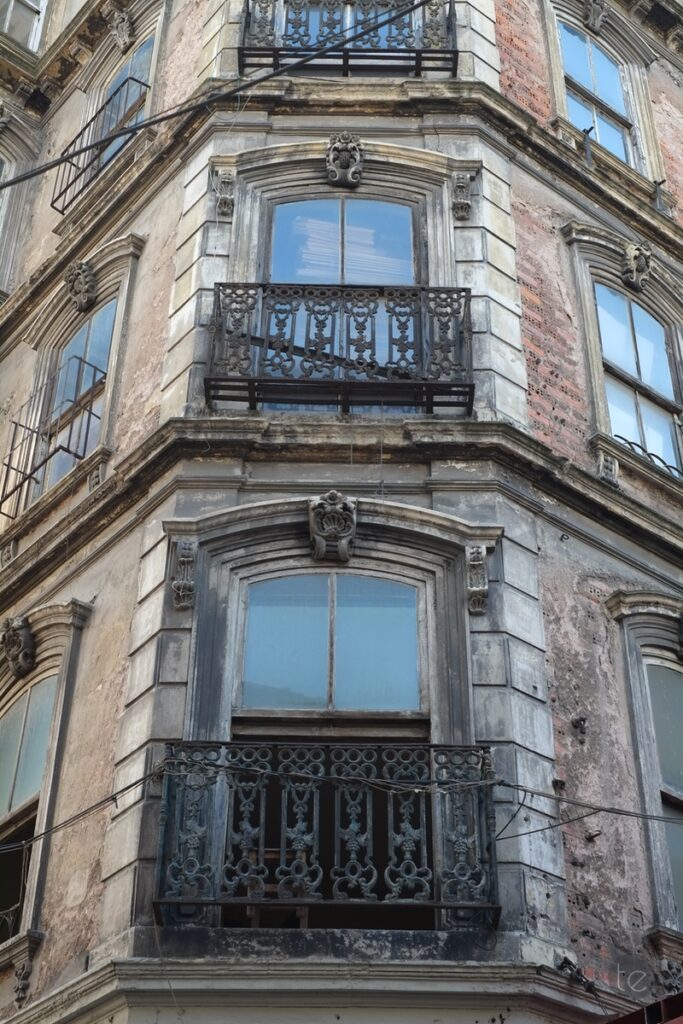
One of the most captivating attractions in Galata is the Mevlevi House museum and cultural center, where performances by whirling dervishes mesmerize audiences with their graceful movements and spiritual devotion. It is a place where time seems to stand still, where the rhythm of the dance echoes the beating of the heart.
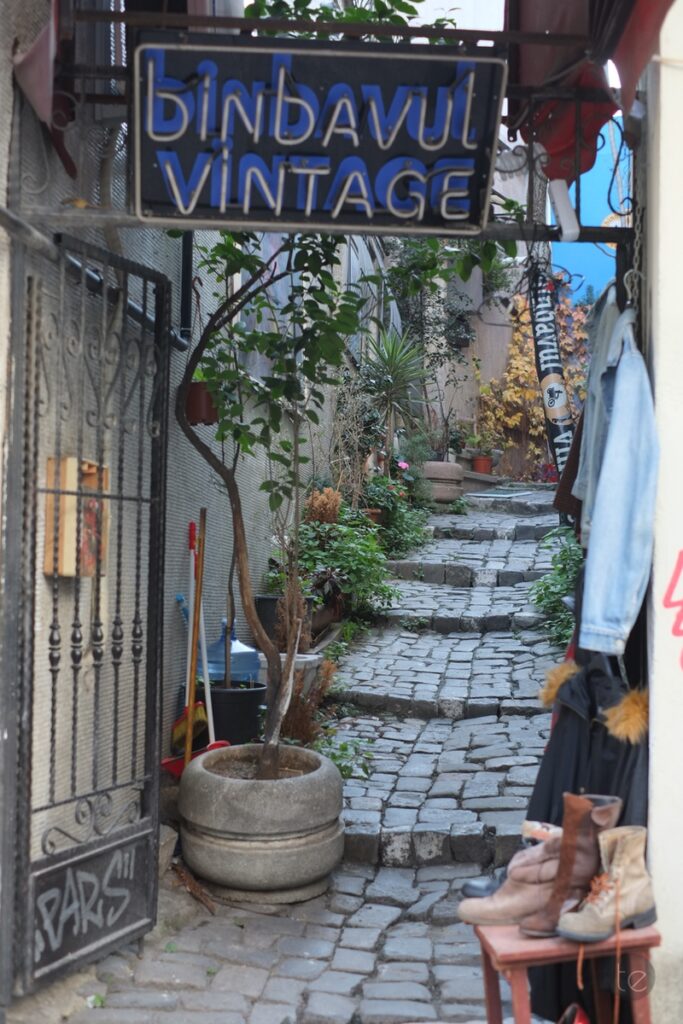
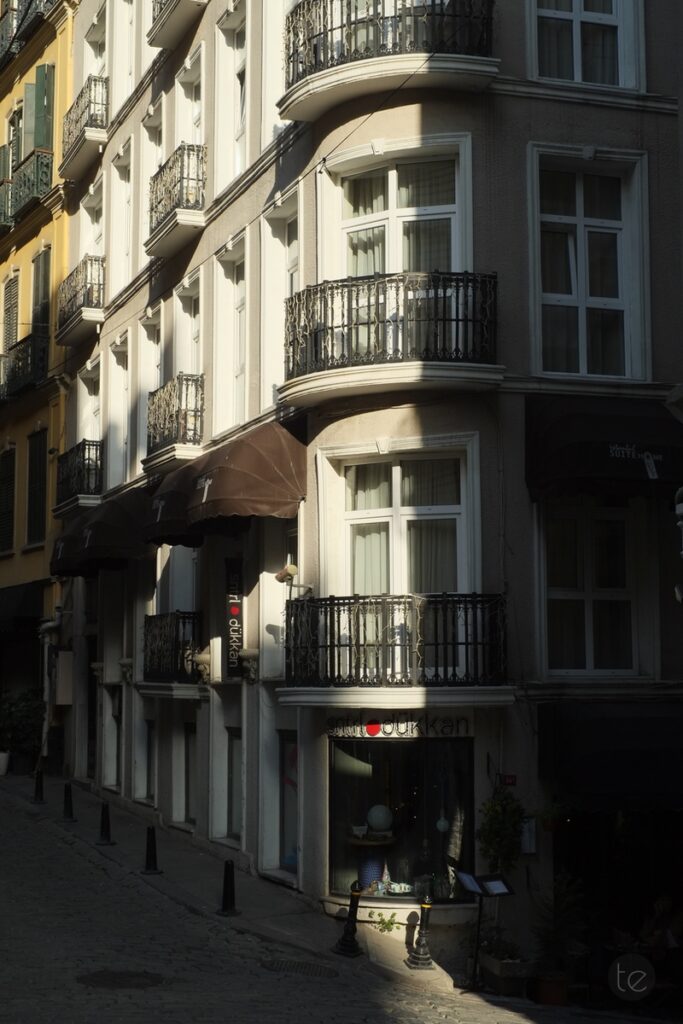
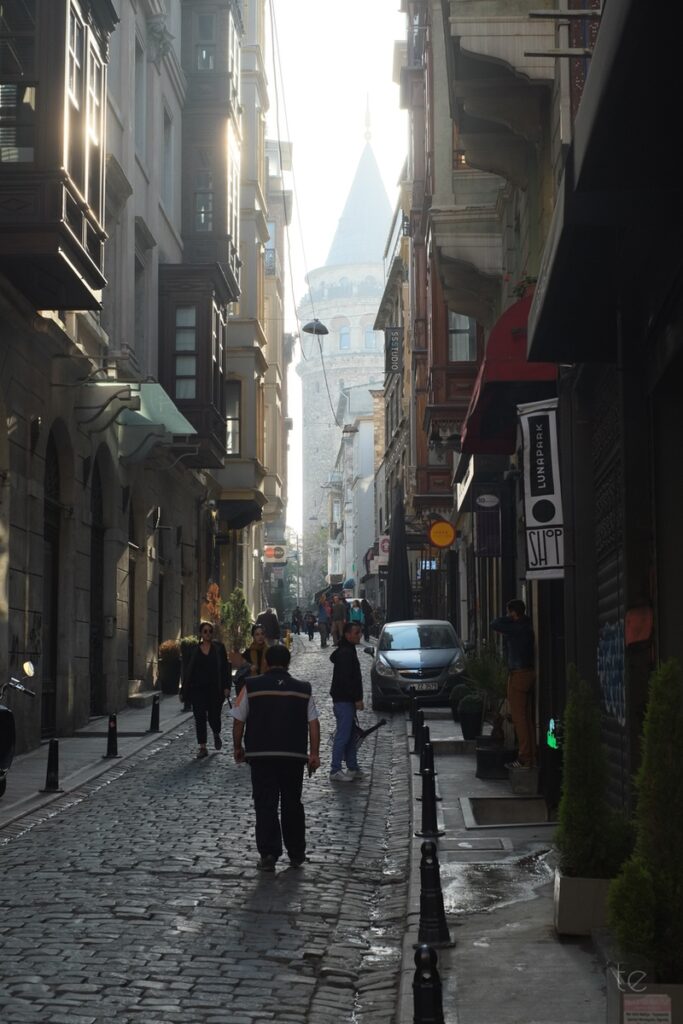
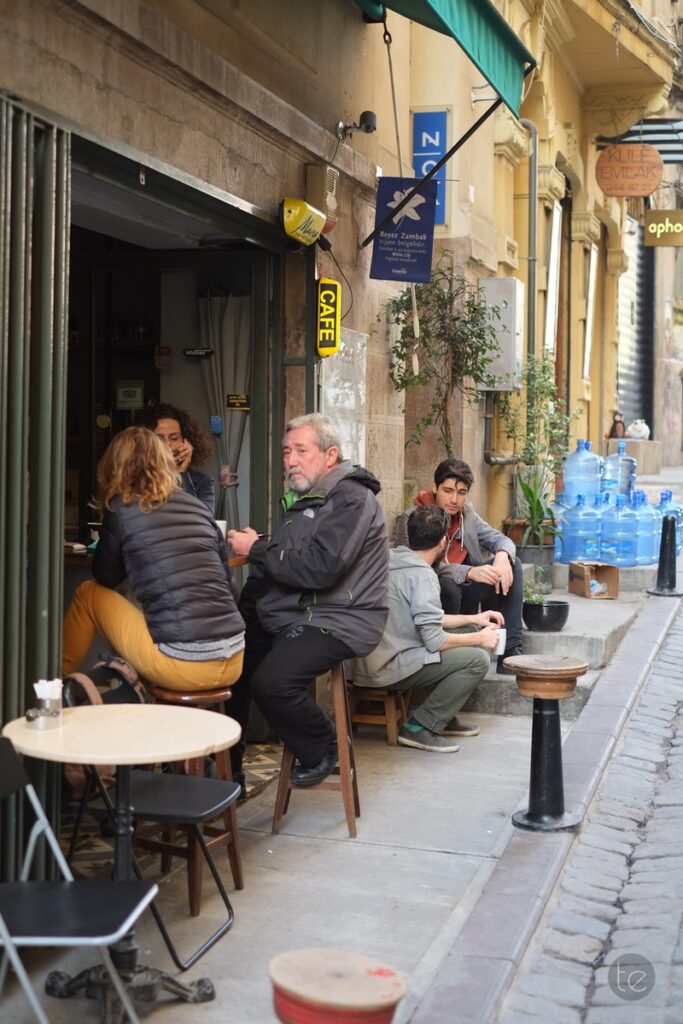
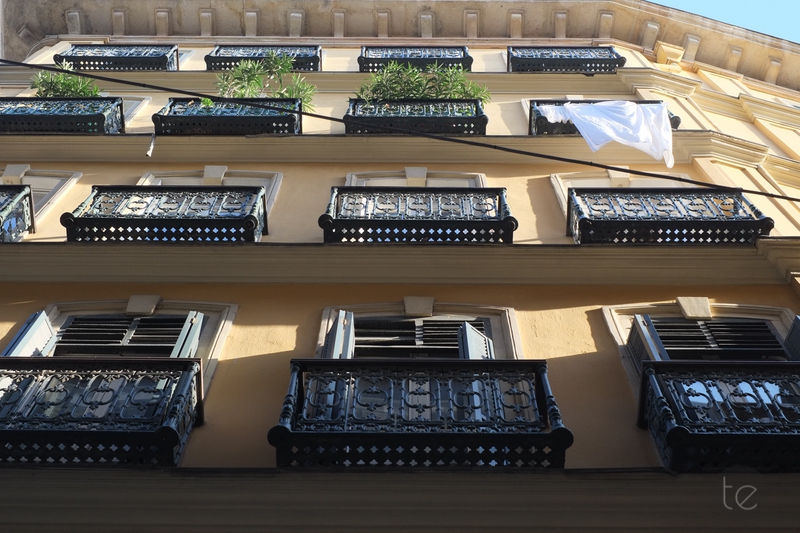
As I meandered through the labyrinthine streets, I couldn’t help but feel a sense of wonder and awe at the beauty and complexity of Galata. Every corner revealed a new surprise, every alleyway a new adventure waiting to unfold.
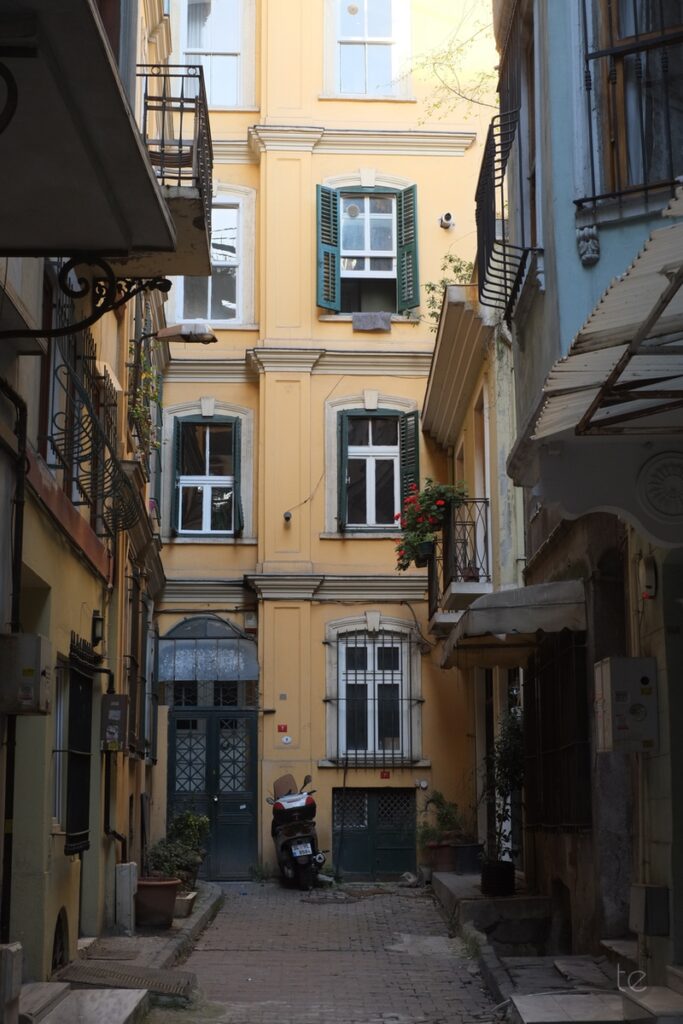
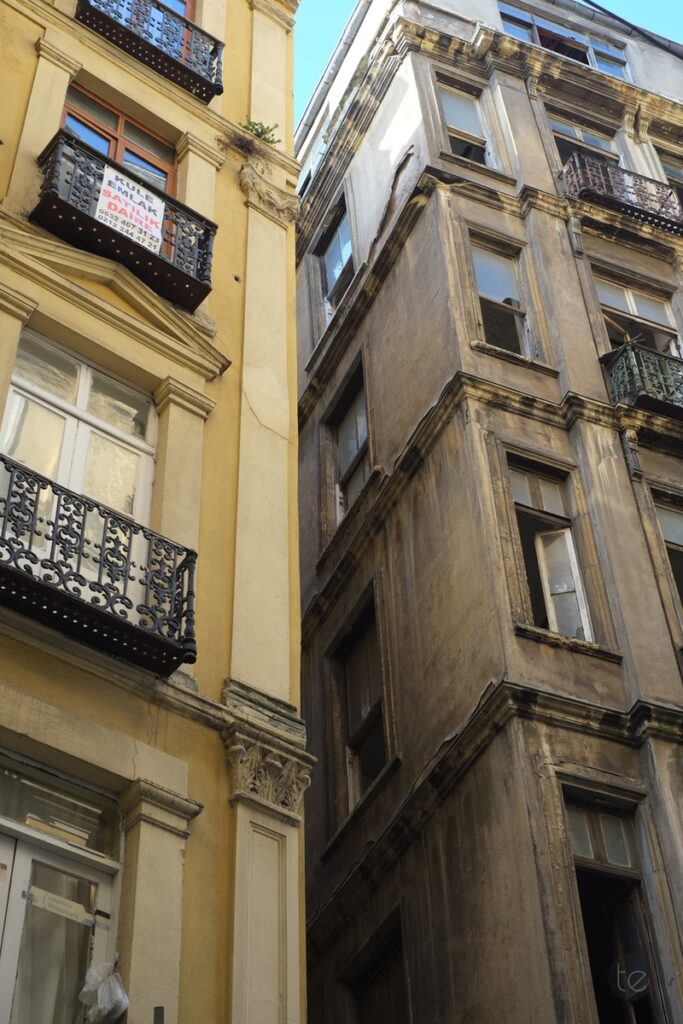
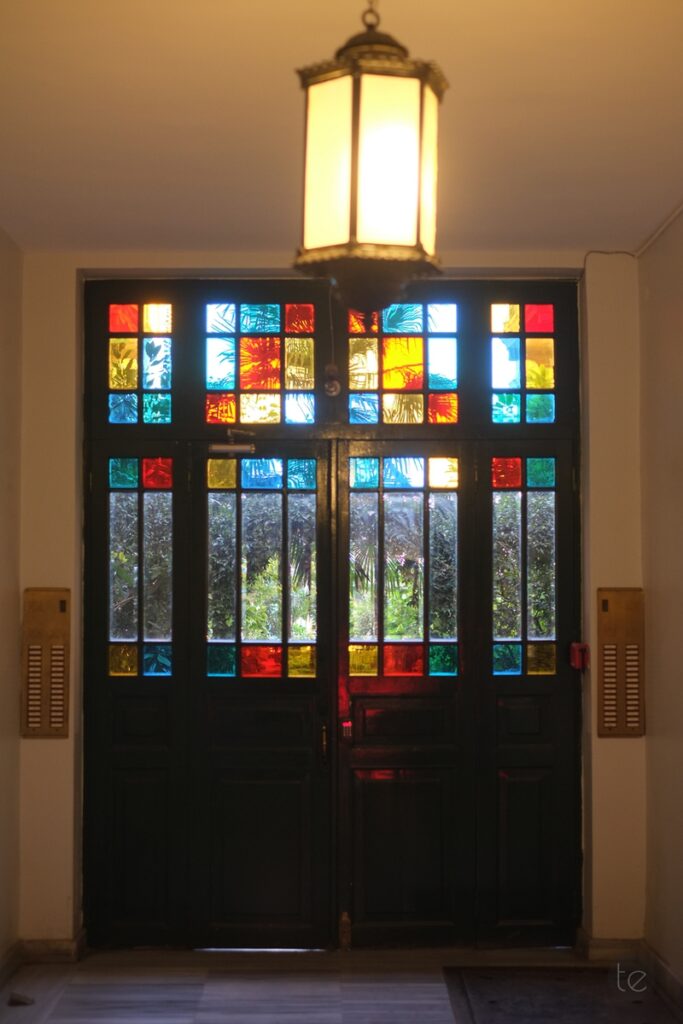
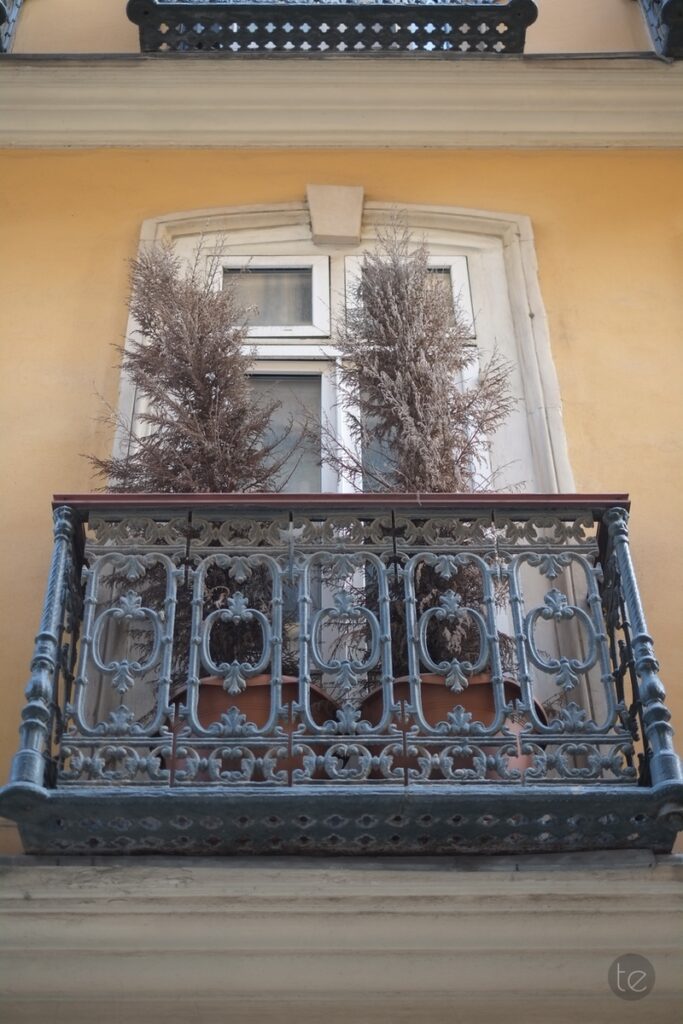
But amidst the enchanting chaos, I found myself lost. The narrow streets twisted and turned like a maze, and I wandered aimlessly, unsure of which path to take. Yet, in that moment of uncertainty, I discovered something profound – the beauty of getting lost.
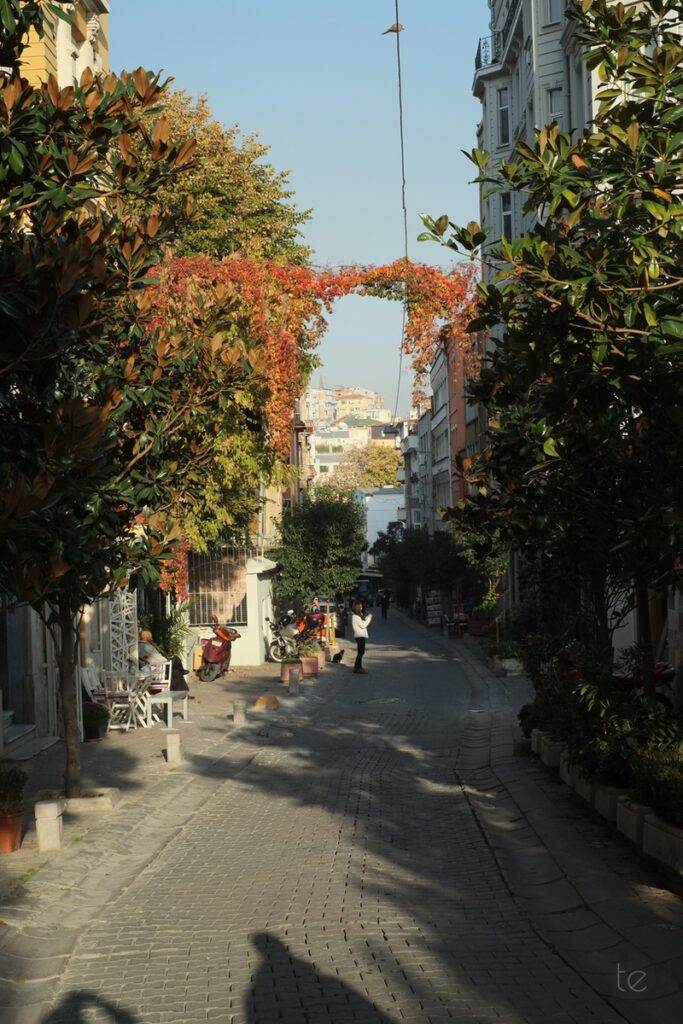
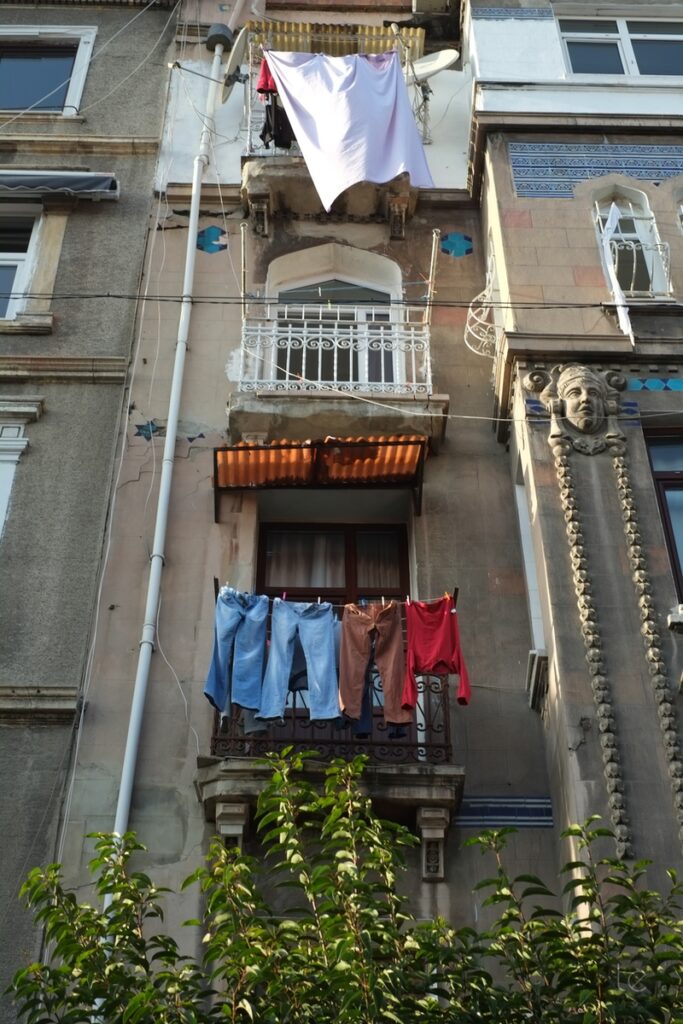
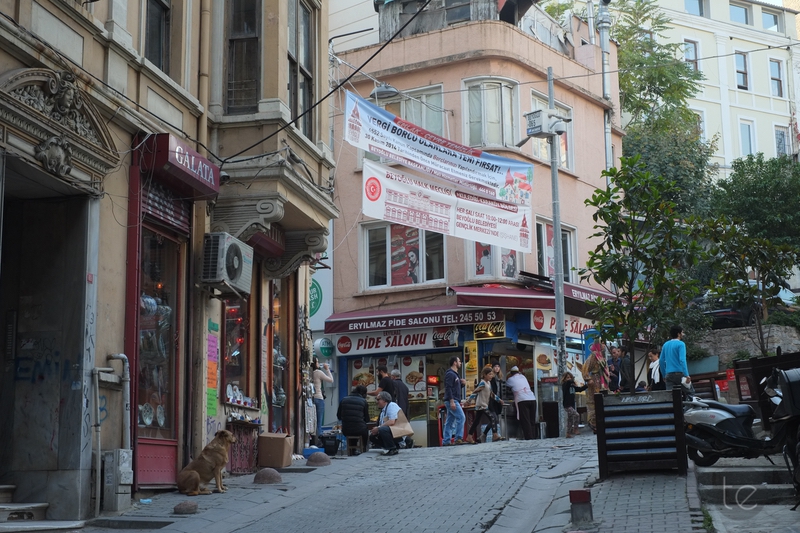
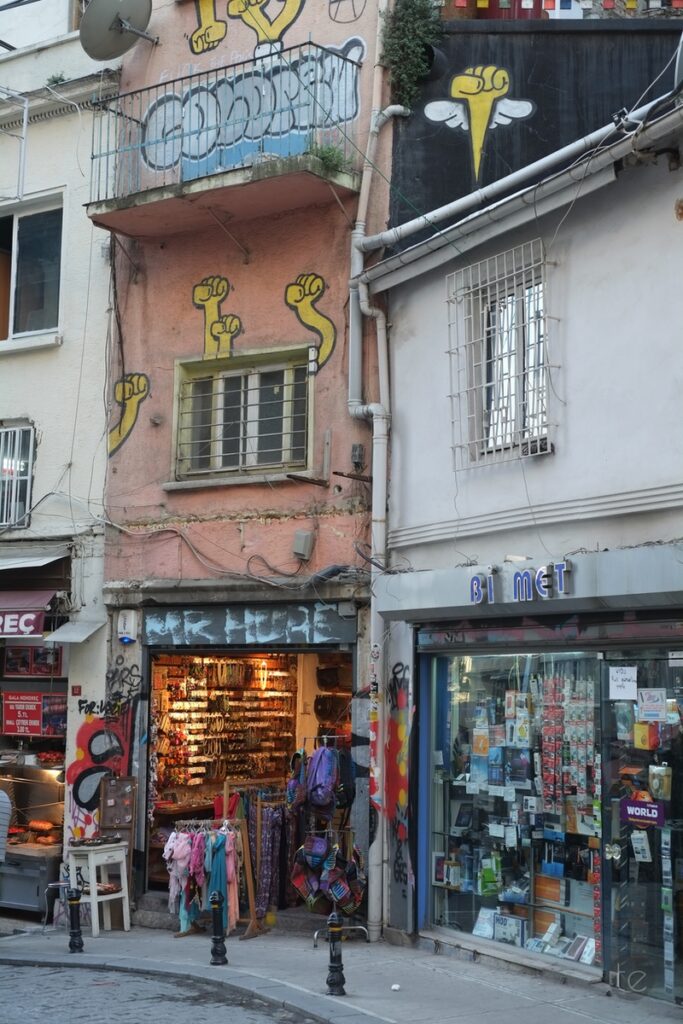
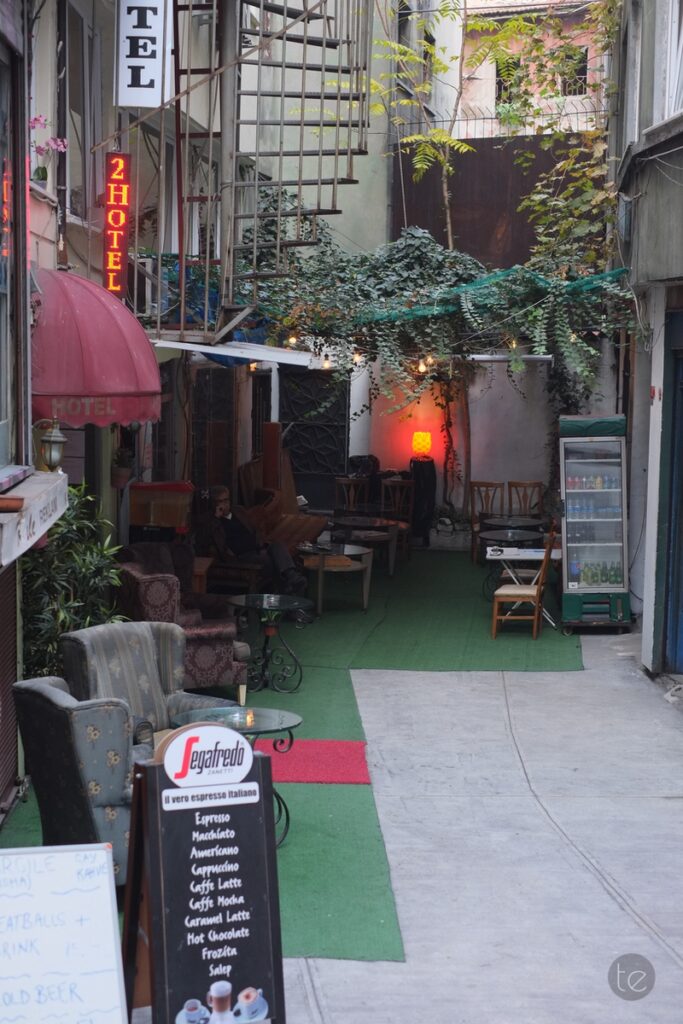
For in losing myself in the streets of Galata, I found something far more precious – a sense of wonder, a spirit of adventure, and a deep appreciation for the rich tapestry of life that weaves its way through every corner of Istanbul’s enigmatic neighbourhood. And so, as the sun began to set and the streets came alive with the glow of lanterns and the laughter of strangers, I embraced the beauty of being lost in Galata – for it was in losing myself that I truly found the essence of Istanbul’s soul.
Thanks for visiting and reading. Consider subscribing to the Substack newsletter today to get the latest posts delivered directly to your mailbox. Please do not steal images from the website. All images are watermarked and copyrighted. Feel free to engage by leaving a comment below. Until next time.
Here are 10 lesser-known facts about Galata Neighbourhood in Istanbul, Turkey:
- Genoese Influence: Galata was originally a Genoese colony during the Byzantine period. It was known as Pera, a name derived from the Greek word for “across” due to its location across the Golden Horn from the old city of Constantinople.
- Sephardic Jewish Heritage: In the 15th century, Galata became a refuge for Sephardic Jews expelled from Spain during the Spanish Inquisition. The neighborhood still bears traces of its Jewish heritage with synagogues and Jewish quarters.
- Historical Walls: Galata was surrounded by sturdy walls during the Byzantine period, serving as a protective barrier against invasions. Remnants of these walls can still be seen in certain parts of the neighborhood.
- Italian Influence: Apart from the Genoese, Galata also had a significant Italian population, especially during the Ottoman era. Italian merchants, artisans, and diplomats settled in the area, leaving their mark on its architecture and culture.
- Whirling Dervishes: Galata is home to the Galata Mevlevi House, a museum and cultural center dedicated to the Mevlevi Order of Sufism. The center hosts performances by whirling dervishes, showcasing this mesmerizing spiritual practice.
- Galata Tower’s History: While the Galata Tower is a prominent landmark today, it has served various purposes throughout history, including as a prison and a fire lookout tower. It has also been damaged and rebuilt multiple times over the centuries.
- Armenian Community: Galata has a significant Armenian population, with its own churches and cultural institutions. The neighborhood reflects the diversity of Istanbul’s population and its rich multicultural history.
- Greek Orthodox Presence: Alongside Armenians and Jews, Greeks also had a substantial presence in Galata. The neighborhood housed Greek Orthodox churches and institutions, contributing to its cosmopolitan character.
- Galata Bridge: The Galata Bridge, spanning the Golden Horn, connects Galata to the historic Eminönü district. It has been rebuilt several times since the original wooden bridge was constructed in the 19th century.
- Modern Art Scene: Galata has emerged as a hub for contemporary art and culture in Istanbul. It boasts numerous art galleries, studios, and cultural spaces, attracting artists and enthusiasts from around the world.
